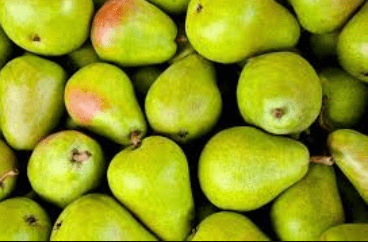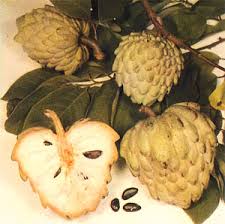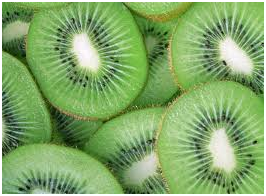We often regard the pear as a European fruit, perhaps because it is a deciduous tree from the Rosaceae family, which typically prefer height and cool growing environments.
In reality, the pear is native to this land, and some of its wild varieties likely grew in the Galilee since ancient times, possibly even eaten and collected by gatherers.
The pear's domestication and cultivation likely began in the region of modern-day Iran, and became a common agricultural crop when the Persians arrived here at the end of the 6th century BCE – since then, it's been around, quietly.
Archaeological evidence of the pear's presence and popularity in Israel can be found in numerous mosaics and wall paintings from the Roman and Byzantine eras, even in villas and churches dating back to the early centuries AD. The pear remained a common cultivation during the Islamic period in the region, with various written testimonies attesting to this fact.
For example, the Arab scholar Muqaddasi from the 10th century mentions the pear variety 'Maanka' as one of the fruits grown in Palestine. Unlike other fruits like dates, which ceased to be cultivated during certain periods in Arab history, the pear consistently grew in the region, even during the Mamluk and Ottoman periods.
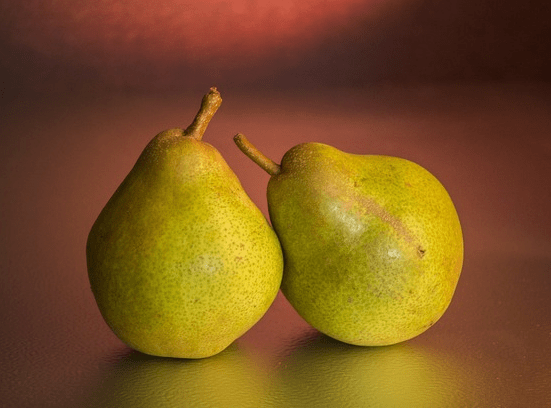
As you might have noticed, the title of this newsletter refers to the “Israeli Pear. I've written before about the pear here, but at that time, the focus was on the Conference pear, a variety that emerged in Europe in the 19th century. This time, I'd like to highlight the local varieties that have developed in the past decades, and they are wonderful.
However, we can't discuss new Israeli pear varieties without revisiting its original types. Interestingly, the main original native variety in Israel is called the 'Syrian Pear.' While the historical borders between Syria and Israel were unclear and both were considered part of the Levant region, I find this irony amusing.
The Syrian pear is a robust plant that can still be found, primarily in Druze and Arab villages in the Galilee. It is often used for grafting, and some view it as the ancestor of most of the pears worldwide, even those introduced from Europe in recent years found success here and gave rise to new Israeli varieties like the Atruska and Eden, which are now highly regarded and even exported abroad.
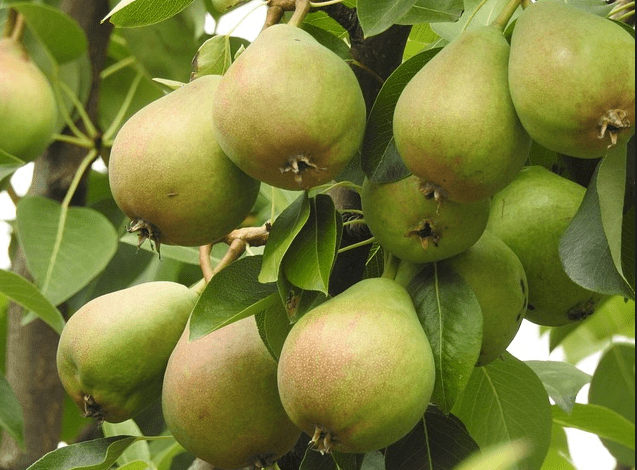
That being said, the most Israeli pear is probably the Spadona pear, originating in Spain but taking refuge here as early as the 1930s. It remains one of the most common and popular pears in Israel today.
The pear isn't just a tasty fruit; it possesses a nuanced sweetness greater than that of an apple and a rich and intriguing aroma. It's also exceptionally healthy, offering a superb source of potassium, folic acid, magnesium, and various antioxidants.
Chinese medicine considers it a “super-fruit”, while Western medicine recognizes its properties. In 2004, a scientific study in a nutrition journal suggested that consuming fruits, particularly pears, may reduce the risk of lung cancer.
Now, I'm going to bite into a fresh, ripe, and chilled pear.

